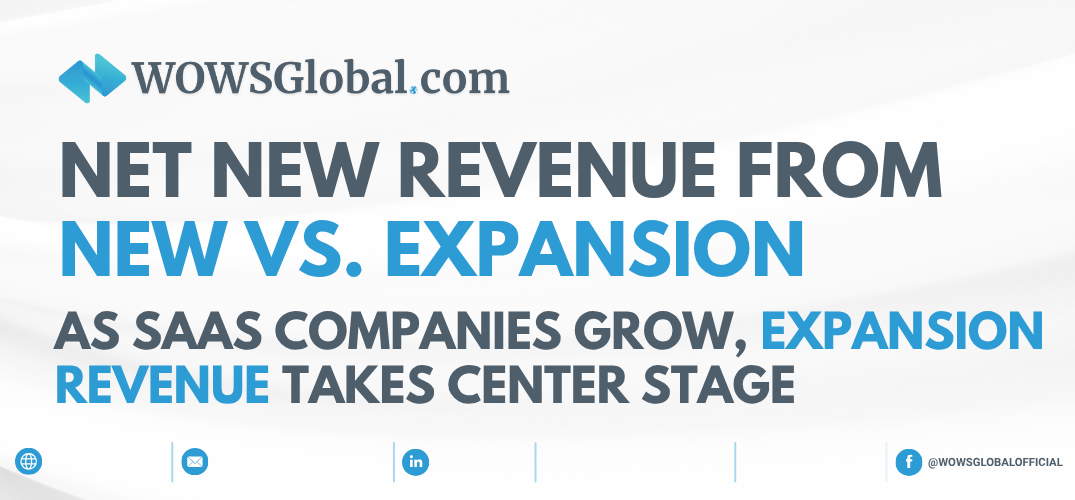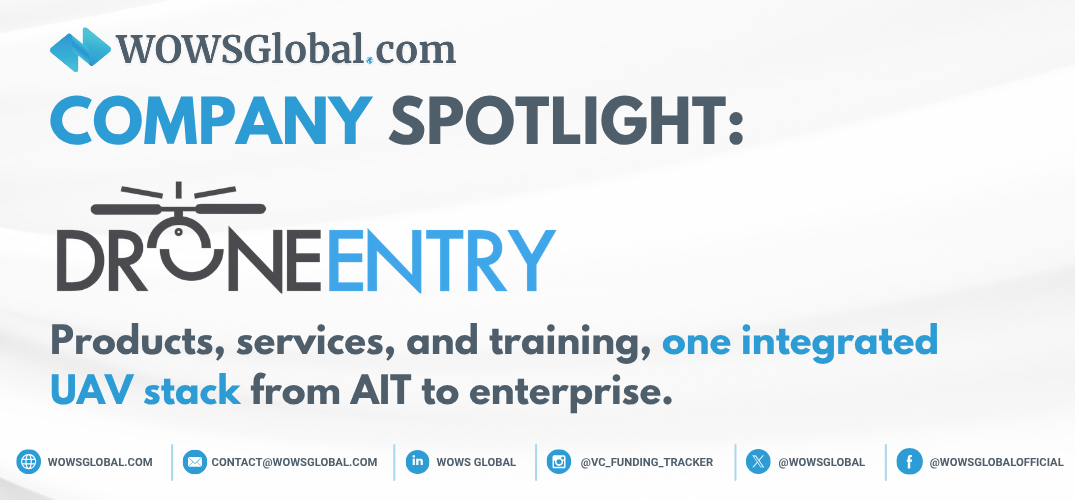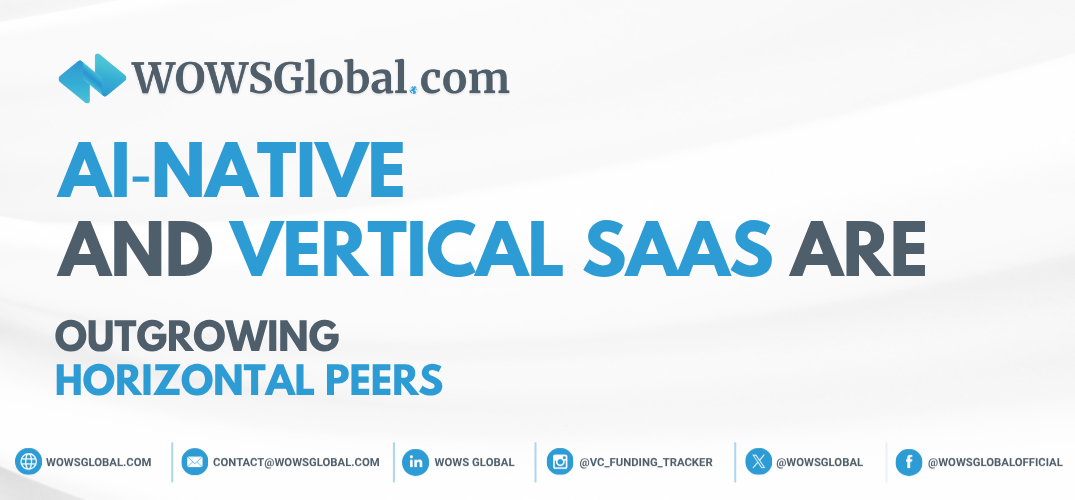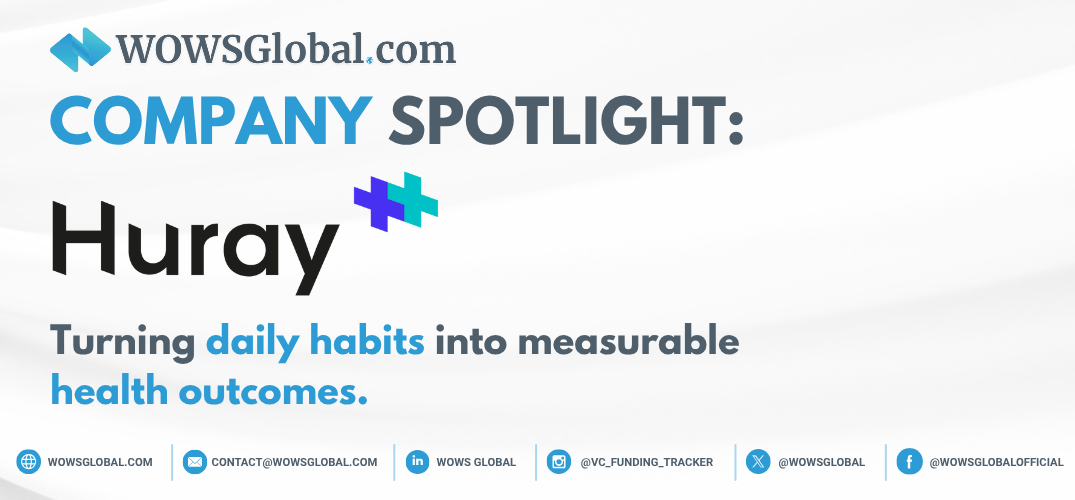NET NEW REVENUE FROM NEW VS. EXPANSION
SaaS AI Startups AI in Southeast Asia SEA 3 Minutes

As SaaS Companies Grow, Expansion Revenue Takes Center Stage
A new snapshot of SaaS performance shows a consistent, and consequential, shift in how software companies generate revenue as they scale. According to the 2024 SaaS Benchmarks Report by High Alpha, smaller SaaS businesses rely overwhelmingly on new customer acquisition, while larger, more mature companies lean far more on revenue expansion from existing customers.
The headline shift
High Alpha’s data tracks the split between new ARR vs. expansion ARR across company sizes. For companies with less than $1M in ARR, a striking 90% of revenue typically comes from new customers, with only 10% from expansion. That mix changes steadily as ARR rises:
-
$1–5M ARR: ~75% new / 25% expansion
-
$5–20M ARR: ~77% new / 29% expansion
-
$20–50M ARR: 65% new / 35% expansion
-
Greater than $50M ARR: 65% new / 35% expansion
The takeaway is clear: once companies cross roughly the $20M ARR threshold, about 35% of total ARR at the median comes from existing customers, upsells, cross-sells, seat growth, usage, and pricing/packaging effects. For leaders managing later-stage growth, expansion is not a nice-to-have lever; it’s a central growth engine.
(Source: 2024 SaaS Benchmarks Report by High Alpha.)
Why the mix changes with scale
Several operational realities drive this pattern:
-
Market penetration and CAC pressure. As companies grow, they’ve often tapped the “easiest” segments of their market. New-logo acquisition becomes more expensive, and payback periods lengthen. Expansion, selling more to customers who already trust the product, offers a more efficient route to durable growth.
-
Product maturity and breadth. Mature companies typically launch additional modules, tiers, and integrations. That creates natural cross-sell paths and increases the surface area for usage-based growth.
-
Customer success as a growth function. Larger organizations are more likely to have dedicated customer success, revenue operations, and lifecycle marketing teams. Those functions professionalize onboarding, drive adoption, and systematize expansion motions.
-
Pricing power. With stronger product-market fit and clearer ROI, later-stage companies can more confidently introduce packaging changes and value-based pricing, lifting net revenue retention (NRR).
What this means for operators at each stage
Early-stage (<$5M ARR):
Keep the main thing the main thing: new logos. The benchmark suggests most revenue will come from new customers, so founders should prioritize pipeline generation, repeatable sales process, and crisp ICP definition. That said, stand up the basics of customer success early, implementation speed and activation are leading indicators for future expansion.
Growth-stage ($5–20M ARR):
This is the transition zone. Expansion begins to matter, approaching 25–29% of ARR in the median case. Invest in product telemetry, health scoring, and structured QBRs. Ensure packaging and entitlements create clear ladders for customers to climb. Start tracking NRR and GRR with the same rigor as new ARR.
Later-stage ($20M+ ARR):
With ~35% of ARR from existing customers at the median, expansion becomes a pillar. Mature teams weave together CS, sales, product, and finance around expansion targets: upsell quotas, adoption milestones, and cohort-based NRR goals. Pricing and packaging reviews become annual rituals, ideally supported by willingness-to-pay research and usage analysis.
Metrics that matter
-
Net Revenue Retention (NRR): A composite metric capturing expansion, contraction, and churn. Best-in-class SaaS at scale often targets NRR ≥ 120% (sector- and pricing-model-dependent).
-
Expansion ARR Ratio: Track expansion as a share of total ARR to benchmark against peers and spot motion gaps.
-
Time-to-Value and Adoption: Leading indicators for future expansion; shorten onboarding, instrument activation, and celebrate early “aha” moments.
Strategic implications
For boards and finance leaders, this benchmark pattern affects planning. Pipelines and budgets that overweight new logos at later stages can misallocate go-to-market spend. Conversely, underfunding customer success, lifecycle marketing, and data infrastructure can cap expansion potential. The steady climb from 10% to 35% expansion ARR, as ARR grows, underscores the need to design for expansion early, even if it won’t dominate the P&L until later.
If your 2025 plan leans on expansion ARR, let’s make it deliberate. Book a short intro call and pressure-test your growth strategy with us.
Related Posts
-

SEA Thailand Drone Platform Business Business Growth 5 Minutes
DroneEntry: Building the Full-Stack Enterprise Drone Platform for Southeast Asia
From an AIT-anchored hub in Thailand, DroneEntry unifies DJI Enterprise hardware, mission execution, and professional training for regulated, data-driven industries across SEA. Our spotlight breaks down differentiation, catalysts, and team plus what it means for investors and partners. Schedule a call with WOWS to dive deeper into the opportunity. -

SEA Indonesia AI Startups Founder 3 Minutes
Event Recap: Tech in Asia Conference 2025, Jakarta, What Builders, Founders, and Investors Are Really Talking About
The must-know insights from Tech in Asia 2025 Jakarta, AI, capital discipline, and Indonesia’s role, fresh from WOWS Global’s vantage point. -

SaaS AI B2B Business Growth 2 Minutes
AI‑Native and Vertical SaaS Are Outgrowing Horizontal Peers
AI-native and vertical SaaS are pulling ahead. Our quick read distills High Alpha’s 2024 benchmarks, why specialization and AI-first design are translating into faster, more durable growth. Read via Matchmaking Platform for Companies and Investors . -

SEA SME Lending Bitcoin Crypto 3 Minutes
Unocoin: India’s Crypto Veteran Built for Everyday Use
Founded in 2013, Unocoin has built a retail-first crypto app for India: SBP for habit-forming investing, one-tap Crypto Baskets, crypto-backed lending, public Proof-of-Reserves, and Lightning-fast BTC transfers. As rules tighten and transparency matters more, Unocoin’s durability and compliance posture position it as a pragmatic on-ramp for India’s mass market. -

Climate Tech Greentech SEA Energy 7 Minutes
INNOPOWER & EIV: Scaling Decarbonization in Southeast Asia
From Bangkok’s power ecosystem to a $100M growth vehicle with TRIREC, INNOPOWER & EIV are unlocking real-world decarbonization, EV charging, industrial efficiency, and green power, while giving founders a fast track to customers in Southeast Asia. -

Southeast Asia Healthcare hospitality tech SEA 4 Minutes
Huray: The Insurer-Integrated Chronic Care Platform to Watch
Huray builds payer-integrated digital programs for chronic diseases, combining connected devices, coaching, and clinician-backed pathways. With distribution through major insurers and a focus on measurable outcomes, the company is poised to scale across Asia’s rapidly evolving health-care landscape.
